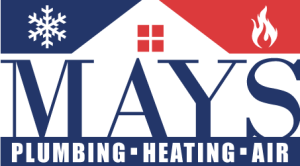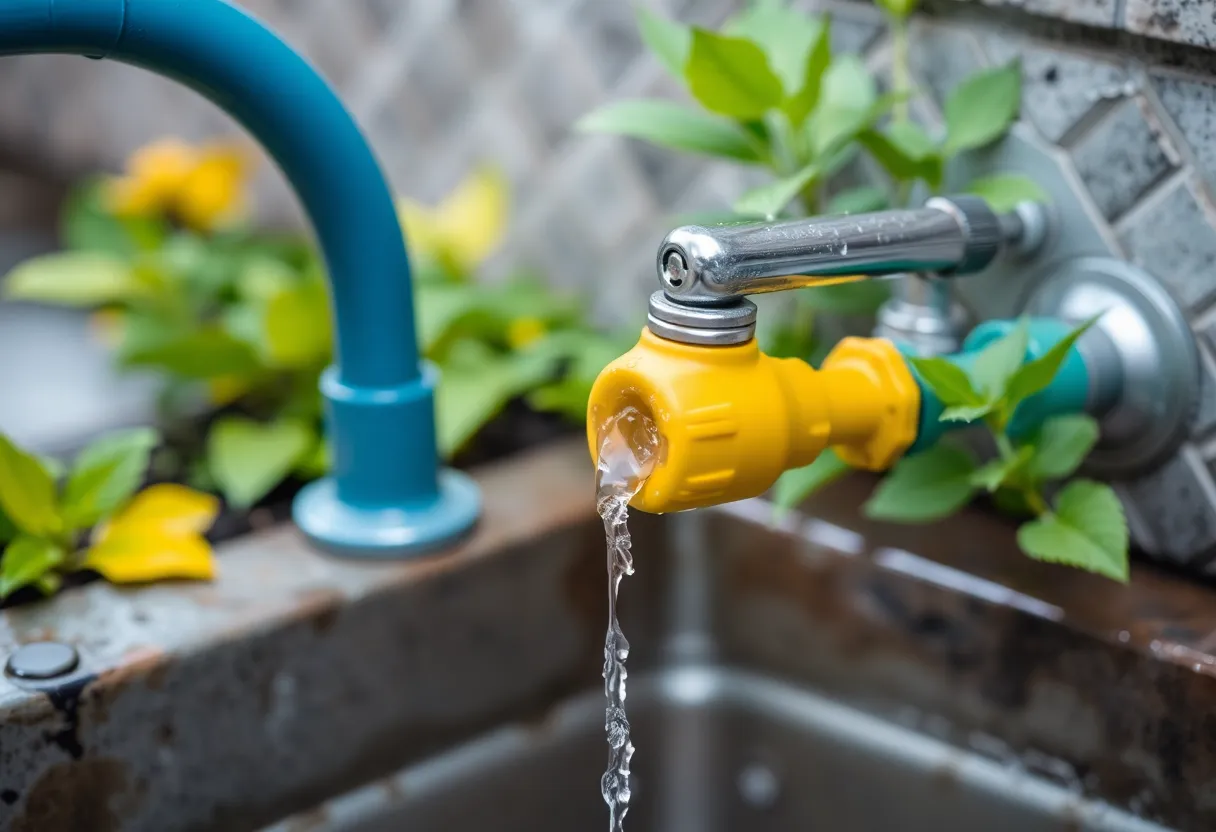Plumbing Survival Guide: 10 Essential Tips to Prepare Your Home for Winter Challenges
As the winter season approaches, it is crucial to ensure your home’s plumbing system is ready to withstand the notorious winter challenges. From freezing temperatures to heavy snowfall, winter can pose numerous threats to your plumbing. To avoid costly repairs and emergencies, take the time to prepare your home for the cold months ahead. Here are 10 essential tips to help you navigate the winter landscape with ease and confidence.
1. Insulate Your Pipes
One of the most common winter plumbing problems is frozen pipes. When water inside your pipes freezes, it expands and can lead to cracked or burst pipes, resulting in significant water damage. Therefore, the first step in winter preparation is to insulate your pipes:
- Wrap pipes in insulated sleeves or use foam pipe insulation.
- Pay particular attention to pipes in unheated areas such as basements, attics, and garages.
- Consider using heat cable or heat tape on vulnerable pipes to keep them warm during extreme cold.
2. Seal Cracks and Openings
Cold air can seep into your home through cracks and openings, potentially causing your pipes to freeze. To prevent this:
- Inspect your home’s exterior for gaps that may allow cold air to enter.
- Seal any cracks around windows, doors, and foundations with caulk or insulation foam.
- Check vents and exhaust outlets to ensure they are well-sealed.
3. Keep Your Thermostat Consistent
Maintaining a consistent temperature in your home is essential for keeping your pipes warm. During the winter months, it is advisable to:
- Set your thermostat to at least 55°F (12°C) or higher.
- Avoid drastic fluctuations in temperature, especially if you are leaving your home for an extended period.
- Consider using a programmable thermostat to help maintain steady temperatures.
4. Allow Faucets to Drip
If the temperature drops extremely low, it may be beneficial to let your faucets drip slightly. This simple trick can relieve pressure in the plumbing system and prevent your pipes from freezing:
- Let both hot and cold water faucets drip.
- Focus on faucets that are farthest from the main water line.
5. Disconnect and Store Outdoor Hoses
As part of your winter preparation, ensure that all external water sources are properly managed:
- Disconnect and empty outdoor hoses before winter sets in.
- Store hoses in a garage or shed to prevent damage from freezing temperatures.
- Shut off the valve for outdoor faucets and drain the water to avoid potential freezing issues.
6. Winterize Your Sprinkler System
Your irrigation system requires special attention during the winter months. Here’s how to winterize your sprinkler system effectively:
- Shut off the water supply to your irrigation system.
- Drain the system completely to avoid frost damage.
- Consider using an air compressor to blow out any remaining water in the pipes.
7. Check Your Water Heater
Your water heater works hard during the winter months, so be sure to give it extra attention:
- Flush your water heater to remove sediment and improve efficiency.
- Check the temperature setting; ideally, it should be set between 120°F (49°C) and 140°F (60°C).
- Inspect for leaks or signs of wear and tear.
8. Have a Plumber’s Contact Info Handy
Despite your best efforts, emergencies can still happen during winter. To be prepared:
- Compile a list of local plumbers and keep their contact information easily accessible.
- Research reviews to find reliable plumbers who can respond quickly in emergencies.
- Consider scheduling a plumbing inspection before the winter season begins.
9. Know How to Shut Off Your Water Supply
In the unfortunate event of a plumbing emergency, knowing how to shut off your water supply is vital. Here’s what you should do:
- Locate the main water shut-off valve; it is usually found near your water meter or in the basement.
- Make sure all family members know how to turn off the water in an emergency.
- Label the shut-off valve if necessary, so it’s easy to find.
10. Monitor Weather Conditions
Staying informed about weather conditions can help you anticipate and manage plumbing issues during winter. Here are a few tips:
- Pay attention to local weather forecasts for severe cold warnings.
- Be proactive during drops in temperature, especially during colder nights.
- Prepare your home ahead of time rather than waiting for an emergency to arise.
Conclusion
Preparing your home for winter plumbing challenges requires a proactive approach. By following these 10 essential tips, you can avoid the majority of winter plumbing problems and mitigate the risk of costly repairs. _Taking the time to winterize your home provides peace of mind, allowing you to fully enjoy the beauty of the winter season without plumbing worries._
While these tips cover many aspects of winter plumbing, every home is different. Consider reaching out to professionals for tailored advice suited to your specific plumbing needs. Stay warm, stay prepared, and have a wonderful winter!












